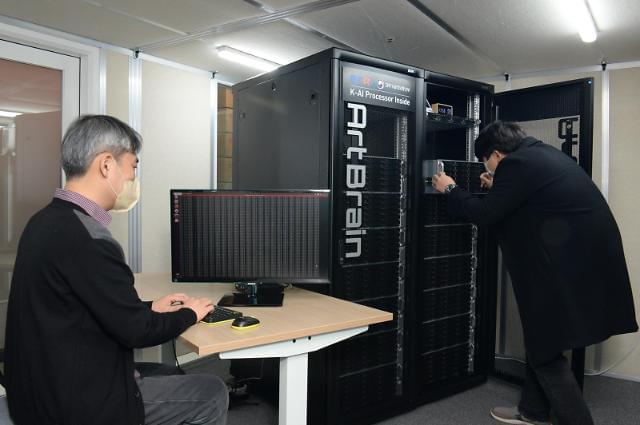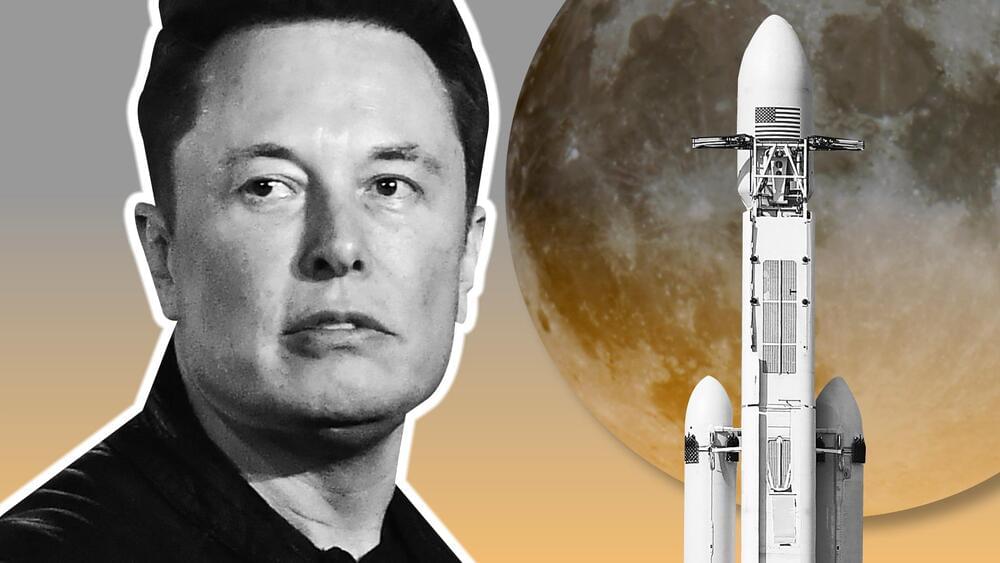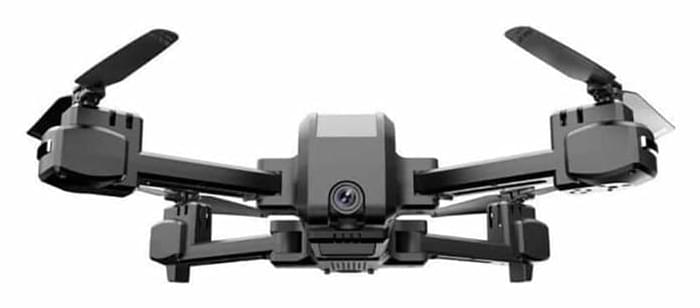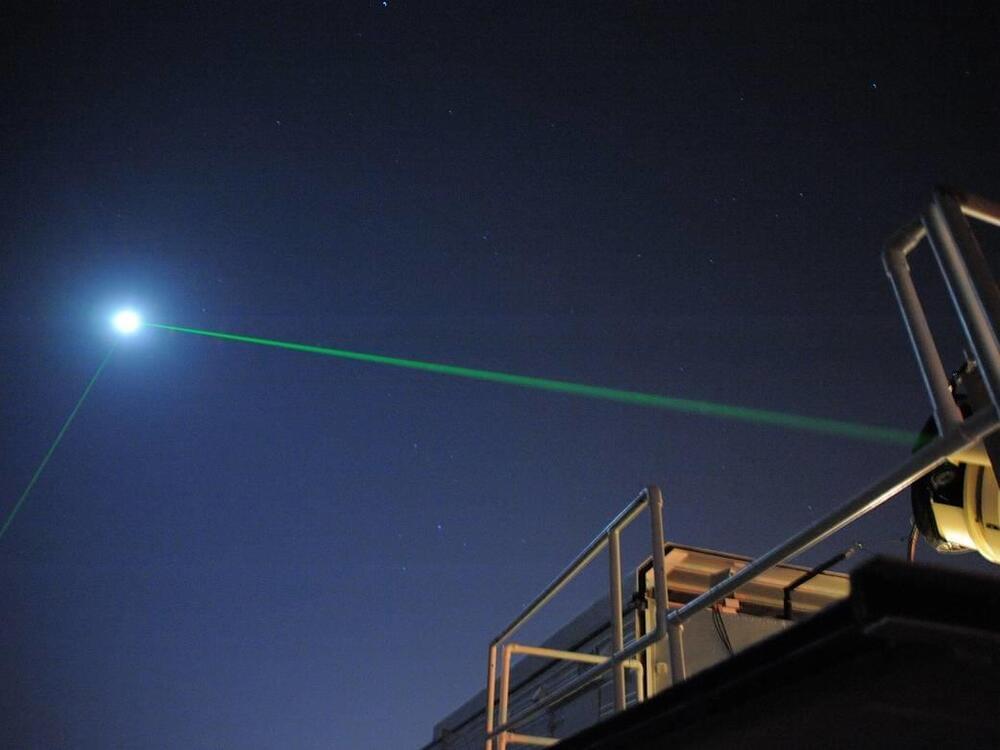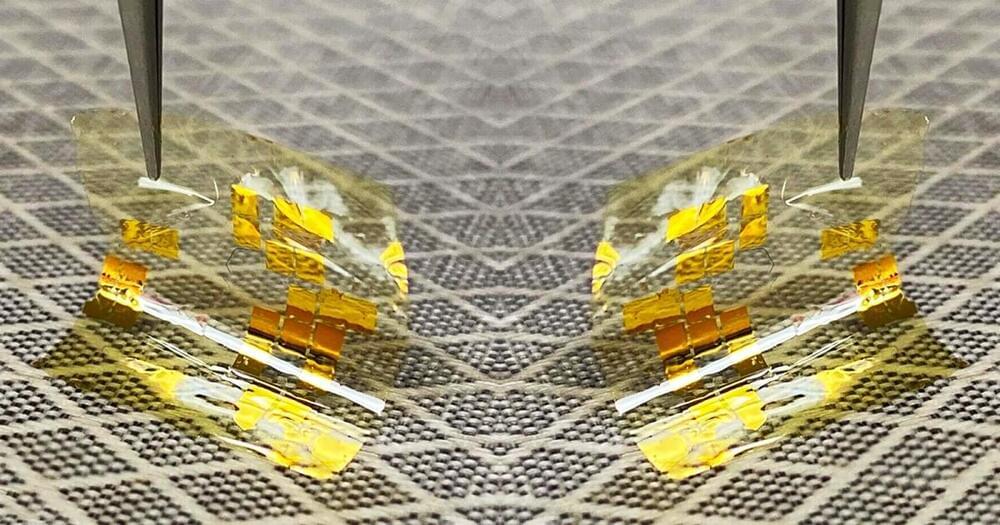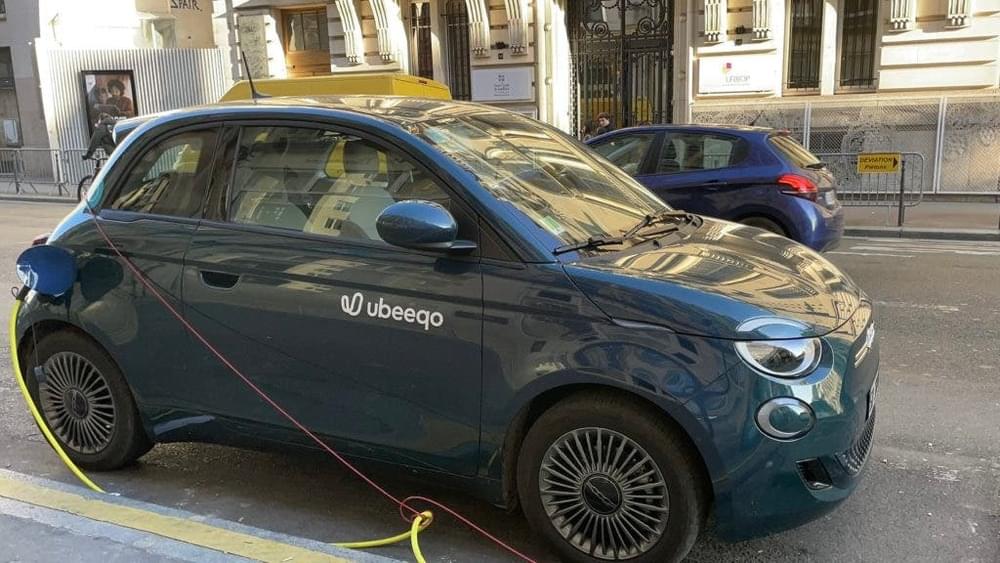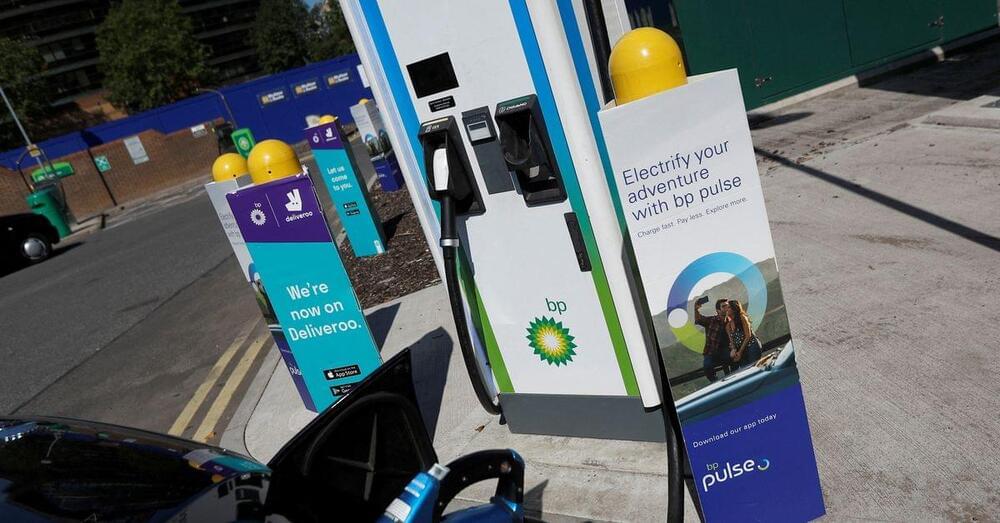SEOUL — Using a high-performance artificial intelligence (AI) chip, South Korean researchers have established a system that can accelerate the process of learning data and yielding results. The system capable of performing five thousand trillion operations per second is ideal for autonomous vehicles and AI servers because its chipset is about the size of a coin.
Architect Petr Janda has transformed a series of vaults on the banks of the Vltava River in Prague into versatile public spaces as part of a project aimed at revitalising the embankment.
The project to transform approximately four kilometres of the Czech capital’s riverbank was initiated in 2009, by which time the former quayside had been deserted for many years.
The embankment area was being used for car parking, with the vaults containing storage units. Janda’s studio Brainwork helped develop a proposal to create a waterfront promenade that reactivates three separate sections of the embankment and introduces new public functions.
Valentino Gareri Atelier has unveiled renderings of the Cacao Eco Village in Ecuador for local farmers that will feature 3D-printed buildings made from recycled cacao.
Cacao Eco Village will be located on the coast of Ecuador’s Manabi province where cacao farmers live and work to produce chocolate through extracting cocoa butter and solids from cacao beans.
Valentino Gareri Atelier designed the project for Ecuadorian chocolate manufacturer Muze, as well as nonprofit organisation Avanti, with construction scheduled to begin this year.
After a decade of failed attempts, scientists successfully bounced photons off of a reflector aboard the Lunar Reconnaissance Orbiter, some 240,000 miles from Earth.
That reality might not be too far off.
“This would enable the integration of solar cells into everything.”
Stanford University researchers announced they had achieved record efficiencies in a promising class of new materials for solar cells — which can be thinner than a piece of paper.
As the number of electric cars on the road grows, so does the need for electric vehicle (EV) charging stations and the Internet-based managing systems within those stations. However, these managing systems face their own issues: cybersecurity attacks.
Elias Bou-Harb, director of the UTSA Cyber Center for Security and Analytics, and his colleagues — Claud Fachkha of the University of Dubai and Tony Nasr, Sadegh Torabi and Chadi Assi of Concordia University in Montreal — are shedding light on the vulnerabilities of these cyber systems. The researchers are also recommending measures that would protect them from harm.
The systems built into electric cars perform critical duties over the Internet, including remote monitoring and customer billing, as do a growing number of internet-enabled EV charging stations.
One possible application of interest to researchers is bone healing. The idea is that the soft material, powered by the electroactive polymer, will be able to maneuver in spaces of complicated bone fractures and expand. When the material hardens, it can form the basis for building new bones. In their study, the researchers demonstrate that the material can wrap itself around chicken bones, and the artificial bone that develops later grows along with the animal’s bone. The developed biohybrid variable-stiffness actuators can be used in soft (micro-)robotics and as potential tools for bone repair or bone tissue engineering.
“By controlling how the material turns, we can make the microrobot move in different ways, and also affect how the material unfurls in broken bones. We can embed these movements into the material’s structure, making complex programs for steering these robots unnecessary”, says Edwin Jager.
LONDON, Jan 14 (Reuters) — BP says its fast electric vehicle chargers are on the cusp of becoming more profitable than filling up a petrol car.
The milestone will mark a significant moment for BP which wants to shift away from oil and expand operations in power markets and around electric vehicles (EV).
EV charging has for years been a loss-making business as a whole for BP and rivals as they invest heavily in its expansion. The division is not expected to turn profitable before 2025 but on a margin basis, BP’s fast battery charging points, which can replenish a battery within minutes, are nearing levels they see from filling up with petrol.
